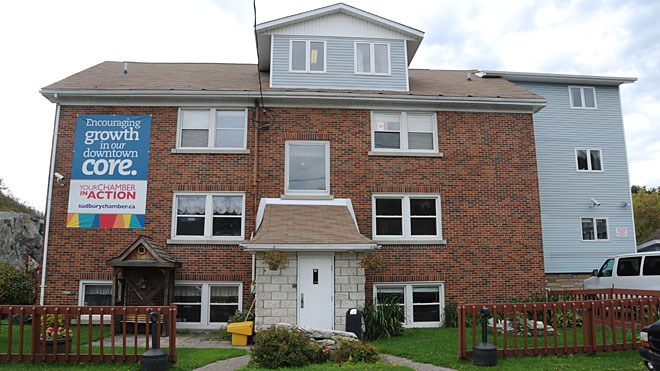With the recent merger of two of the city's addictions programs, people in need should soon be able to access more services and receive better care, says the CEO of the new merged entity.
In April, Rockhaven, an organization that provides residential treatment services for men who wish to recover from substance abuse, and Iris Addiction Recovery for Women, which offers residential addictions treatment programs for women, merged to form Monarch Recovery Services.
Rockhaven and Iris Recovery for Women held their final annual general meeting Tuesday, which officially finalized the merger of both institutions.
The merger has already resulted in one administration for both former entities, said Kathryn Irwin-Seguin, CEO of Monarch Recovery Services.
“It will streamline access to continual care for everybody,” she said.
Both the men's and women's addictions programs will remain separate, Irwin-Seguin said.
The long-term plan for Monarch, she said, is to build a new space that would house both services, but with separate wings for men and women.
But the capital project, she said, would require a lot of funds, and could be several years away. Sharing a space would allow for programs to help couples and families, she added.
Both organizations had a long history in Sudbury.
The Mennonite community founded Rockhaven in 1969.
Sudbury's first women's recovery home, which later became Iris Addiction Recovery for Women, was founded in 1976.
Both organizations added a number of programs over the years, including a transition home for men at Rockhaven, and an addictions rent supplement program at Iris.
It was the North East Local Health Integration Network that pushed for both programs to merge, and in June 2013 the two boards of directors agreed to move ahead with the integration of services.
“We just see this as an opportunity to take advantage of the synergy of coming together and develop more programs,” said Irwin-Seguin.
Join Sudbury.com+
- Messages
- Post a Listing
- Your Listings
- Your Profile
- Your Subscriptions
- Your Likes
- Your Business
- Support Local News
- Payment History
Sudbury.com+ members
Already a +member?
Not a +member?
Sign up for a Sudbury.com+ account for instant access to upcoming contests, local offers, auctions and so much more.
